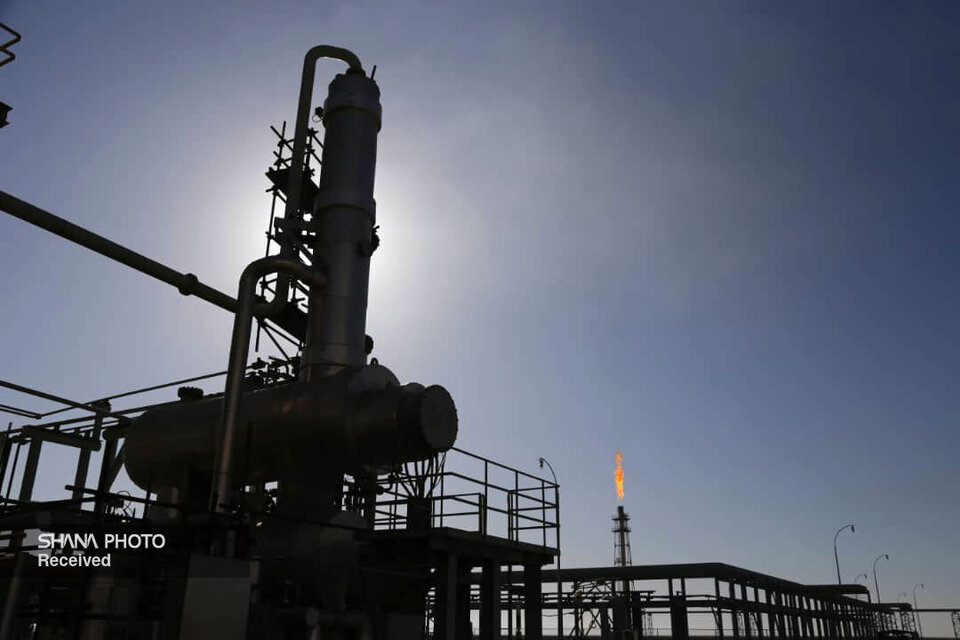In recent years, significant efforts have been made to reduce gas flaring in Iran’s oil industry. However, approximately 45 million cubic meters of associated gas are still flared daily—equivalent to about 60-65% of the gas consumed by the country’s petrochemical plants.
This level of waste not only squanders a valuable energy resource but also has major environmental consequences, including increased greenhouse gas emissions, air pollution and damage to surrounding ecosystems.
At a time when Iran faces constraints in supplying gas feedstock to downstream industries, capturing and reusing this gas could play a crucial role in sustaining production, improving efficiency and boosting economic growth. As a result, investment in associated gas gathering, refining and reinjection projects is a strategic necessity for the oil industry and the national economy.
The National Iranian Oil Company (NIOC) has implemented multiple programs to collect this gas. A key achievement in this area was the inauguration of the Persian Gulf Hoveyzeh Gas Refinery, which processes 250 million cubic feet per day of associated gas, significantly reducing greenhouse gas emissions and optimizing gas resource utilization.
Additionally, flare gas recovery projects in the oil-rich regions of southern Iran and the East and West Karoun areas have seen substantial progress, reflecting the Oil Ministry’s serious commitment to this initiative.
The upcoming "Transformation in Investment and Development in Iran’s Upstream Oil and Gas" event will showcase the golden opportunity to capture 1 billion cubic feet per day of associated gas—through four sweet gas and 41 sour gas recovery projects. It seems flare gas, once seen as nothing but waste, has now found its value.
The major national investment conference not only brings fresh proposals but also paves the way for investors to return to Iran’s oil and gas fields. These projects span operational areas managed by the National Iranian South Oil Company, Arvandan Oil & Gas Company, Petroleum Engineering and Development Company in Khuzestan, and the Iranian Offshore Oil Company in Siri, Lavan, Bahregan, Kharg, Qeshm and Kish.
After years of being a source of pollution and regret, could these flares now become beacons of hope? Will investors this time have the power to turn the tide? Only time will tell.
At the event, NIOC will present over 200 opportunities to large, medium and small investors under various contractual frameworks.


Your Comment